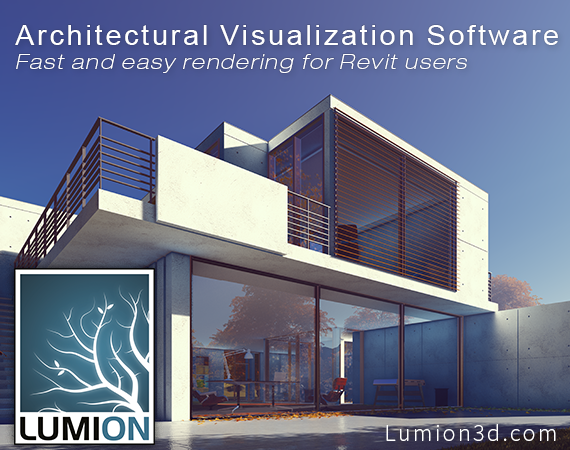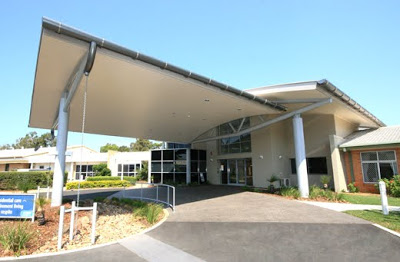I had this great idea this morning – why can’t we do a ‘search by sketch’ of images or other data?
In other words, you draw a small sketch of something, and then the search engine returns results that are similar to or related to that sketch.
First I thought ‘quick, I better blog about this, before someone else does!’, but then I thought, ‘I better see if this exists yet…’
And, it does. Have a look at retrievr. I did not have great results when trying this out, as it is ‘experimental’.
If you want to search through some 3D models using a 2D sketch and keywords, have a look at Princeton 3D Model Search Engine.
There is a paper written on the subject. It is called 3D content-based search using sketches.
The next logical question is – is there some software that I can download that can perform this search on my own images?
Check out the vid below:
For more information, check out http://www.chrisharrison.net/projects/searchbysketch/index.html.
I foresee a time (in the not too distant future) when a full blown image search engine will be available, that takes either a sketch or uploaded image as input, and returns a list of images in order of similarity. Perhaps you can also specify a ‘tolerance’ value, that filters out the least similar and simply does not show them.
If you know of any technology or software similar to this, please comment.



